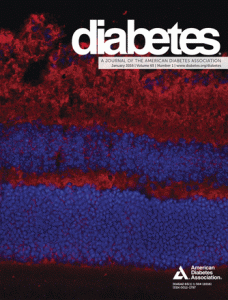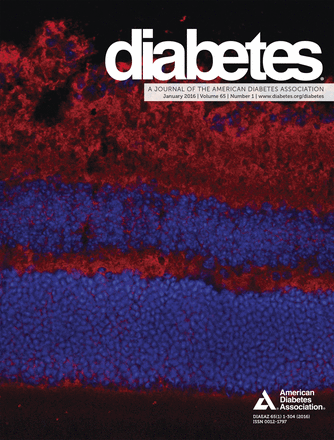Researchers report that a molecule called pre-kallikrein could be a target for preventing and treating whole-body diabetic vascular disease.

In an article published in the journal Diabetes, researchers from the Medical University of South Carolina (MUSC), the American University of Beirut (AUB), and Case Western Reserve University report that a molecule called pre-kallikrein (PK) could be a target for the vascular complications associated with type 1 diabetes. Ayad A. Jaffa, Ph.D., who holds a dual appointment at MUSC and AUB, led the study.
PK has previously been suggested as a marker for diabetic vascular disease of the kidneys, but the new work supports the idea that increased plasma PK levels are an independent risk factor for whole-body diabetic vascular disease, similar to the risks of high triglycerides or high blood pressure in heart disease.
PK is a member of the kallikrein-kinin system, a group of molecules that frequent the walls of blood vessels. In healthy vessels, circulating PK reaches the vessel surface and activates a sequence of molecular signals that travel inward to the inner vessel layers, called the intima-media, causing momentary changes in dilation and tension.
The types of blood vessel malfunction seen in patients with diabetes causes the cells of the intima-media to spread to the surface, allowing PK to contact them directly. This contact closes the circuit of an alternative pathway of chronic inflammation. Scientists who study the kallikrein-kinin system suspect that this chronic inflammation is responsible for the blood vessel thickening observed in diabetic kidney disease, retinopathy, and atherosclerosis.
Continue Reading Below ↓↓↓
Jaffa’s team wanted to know if these suspicions were relevant to patients. Specifically, are levels of PK in the blood associated with the blood vessel thickening commonly seen in people with type 1 diabetes?
They started by examining patient samples housed at MUSC and collected as part of a multi-center observational study, called the Epidemiology of Diabetes Interventions and Complications, designed to track the complications and progression of vascular disease in hundreds of people with diabetes. They focused on levels of PK in blood samples paired with ultrasounds taken to measure the thickness of the intima-media of their carotid arteries.
Relevance was found: patients with higher levels of PK in their blood do have thicker layers of intima-media in the vasculature of their carotids.
It isn’t clear if high levels of PK cause arteries to thicken or if thicker arteries release more PK. In other words, Jaffa’s group can’t say yet if PK causes vascular disease or not.
Their work, however, is an important first step to developing a treatment for the vascular complications that seem unavoidable for patients with type 1 diabetes.
Their next steps involve developing drug candidates to target PK in preclinical experiments. “These preclinical studies not only will give us insights into the involvement of plasma PK in vascular disease,” says Jaffa, “but will also contribute to development of novel treatment strategies for diabetic vascular disease.”
MUSC researchers Miran A Jaffa, Ph.D., Deirdre Luttrell, Ph.D., Richard L. Klein, Ph.D., Maria Lopes-Virella, M.D., Ph.D., and Louis M Luttrell, M.D., Ph.D., are also co-authors on the article.
Source: Medical University of South Carolina
Journal: Diabetes
Funder: National Institutes of Health












